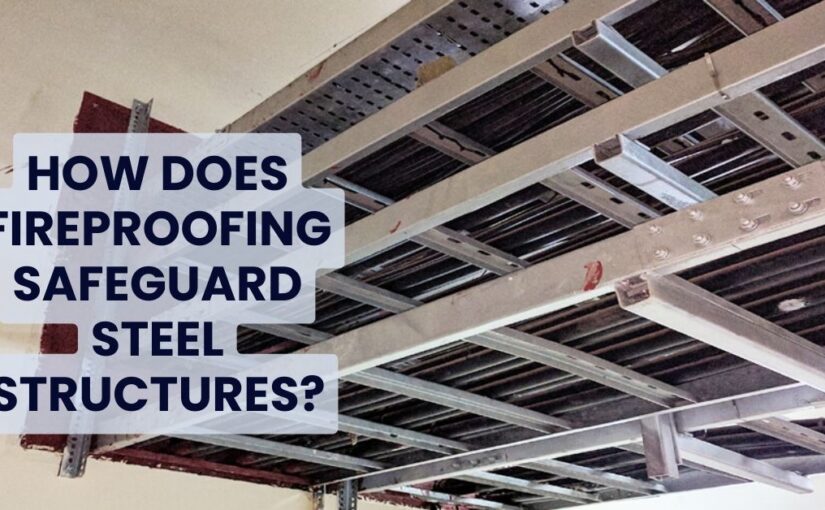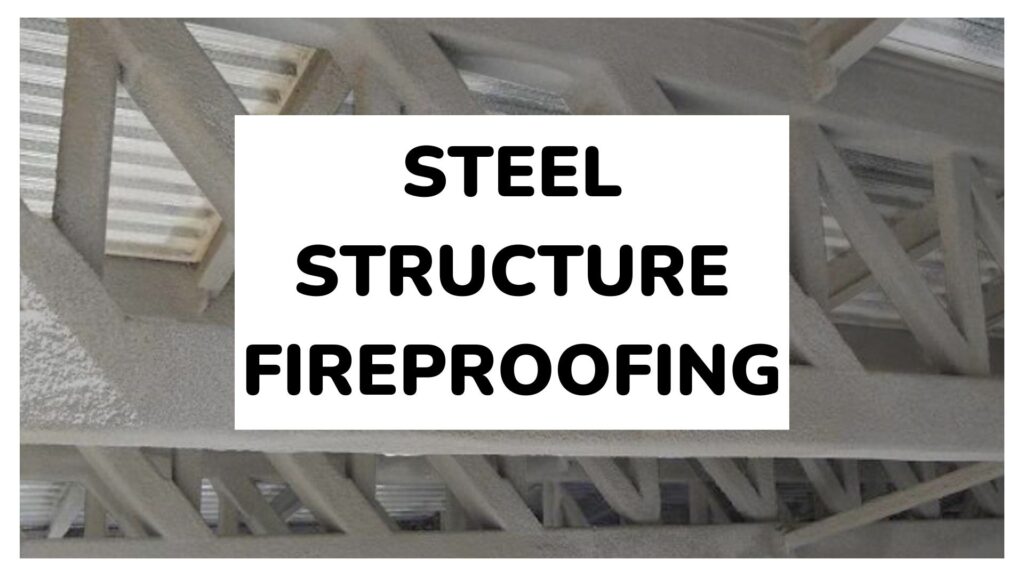Are you interested in the methods and materials used to safeguard steel constructions from the destructive effects of fire? Fireproofing is vital to safeguarding the safety and integrity of structures, particularly those made of steel. Let us dig into the topic of fireproofing and its importance in protecting steel structures from fire threats.
What are the 2 types of fireproofing?
Steel building fireproofing is typically divided into two categories: passive and active fire protection. Passive fire protection is the application of materials directly to the structure to improve its fire resistance, such as fire-resistant coatings or insulation. Active fire protection, on the other hand, comprises devices like as sprinklers and fire extinguishers, which are intended to suppress or extinguish flames once they have started.
What materials are used to fireproof structural steel?
Fireproofing structural steel may be done using a number of materials, each with its own set of features and benefits. Common fireproofing materials include intumescent coatings, which inflate when exposed to heat, generating a protective char layer that protects the steel from high temperatures. Cementitious coatings, such as gypsum or Portland cement-based mixtures, offer long-lasting protection by forming a solid, fire-resistant barrier. Furthermore, lightweight materials such as mineral wool or vermiculite provide good thermal insulation without adding significant weight to the building.
What is the fire protection system for steel?
The fire protection system for steel structures generally consists of adding fireproofing compounds to steel components to increase their fire resistance. This may entail spraying or painting the compounds onto the steel surfaces, or in some situations, placing prefabricated fireproofing panels or boards. The purpose is to establish a barrier that protects the steel from high temperatures, delaying the beginning of structural breakdown and giving inhabitants enough time to safely leave during a fire emergency.
What is the best fire protection for steel?
The optimum fire protection for steel is determined by a variety of criteria, including the project’s unique needs, desired level of fire resistance, and budget limits. Intumescent coatings are popular because of their ability to provide effective fire protection while preserving a sleek and visually pleasant appearance. However, cementitious coatings have high endurance and are ideal for severe settings or outdoor applications. Finally, the ideal fire prevention system for steel structures is one that addresses the project’s specific requirements while conforming to all applicable building laws and regulations.
Fireproofing is a key line of defence in protecting steel buildings from the destructive powers of fire. Buildings may defend themselves from possible fire threats by using a combination of passive and active fire protection techniques, such as the use of fire-resistant coatings, insulation solutions, and suppression systems. This complete strategy not only improves the edifice’s structural durability, but it also assures occupant safety and protects important valuables. Collaboration with fire protection professionals is essential for customised fireproofing solutions for your steel buildings. Their experience may assist in determining the best fireproofing solutions that adhere to regulatory regulations, resulting in a safer constructed environment for everybody.


